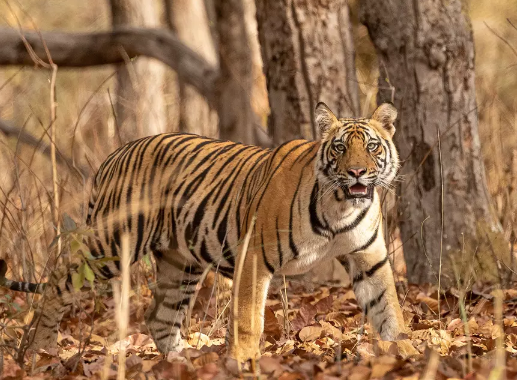The Bengal tiger, a majestic symbol of wild beauty, faces an uncertain future. As one of the most recognizable big cats, its plight resonates with many who care about wildlife and biodiversity. Understanding the factors behind its potential extinction is crucial for conservation efforts and raising awareness about the delicate balance of ecosystems.
The Heartbreaking Facts Behind the Decline
Bengal tigers once roamed vast regions of the Indian subcontinent, but habitat loss, poaching, and human-wildlife conflict have drastically reduced their numbers. Today, only about 2,500 Bengal tigers are believed to remain in the wild. Deforestation for agriculture and urban development continues to encroach on their habitats, leaving them with fewer places to live and hunt. The illegal wildlife trade further complicates their survival, as tigers are hunted for their skins, bones, and body parts, which are valued in traditional medicine and for decorative purposes.
Conservation Efforts: A Ray of Hope
Despite the grim statistics, various conservation initiatives are making strides to protect Bengal tigers. Organizations and governments are working to establish and expand protected areas where tigers can thrive without the threat of human encroachment. Anti-poaching patrols are being organized to combat illegal hunting, and community outreach programs are educating locals about the importance of preserving these magnificent creatures. In recent years, some populations have begun to stabilize, thanks to these concerted efforts, proving that it is possible to make a difference.
The Role of Communities in Preserving Tigers
Local communities play a crucial role in conservation efforts. Engaging them in protecting their natural resources fosters a sense of ownership and responsibility. Programs that promote ecotourism can provide sustainable economic benefits while helping to fund conservation activities. By working together, communities can create a safer environment for Bengal tigers and other wildlife species, ensuring future generations can experience their beauty.
In conclusion, while the extinction of the Bengal tiger looms as a real threat, hope is not lost. By continuing to raise awareness, support conservation efforts, and engage local communities, we can ensure that these magnificent cats remain a vital part of our planet’s biodiversity. Take the time to learn more about the Bengal tiger and consider supporting organizations dedicated to their conservation. Together, we can make a difference.

